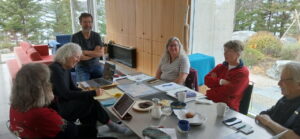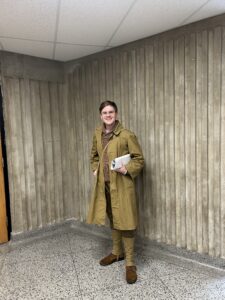Wednesday, November 19th, 2025, 7:00 pm (Atlantic), in-person at the Lindsay Children’s Room on the 2nd floor at the Halifax Central Library, 5440 Spring Garden Road, Halifax, Nova Scotia. Click here for the Zoom link.
Abstract:
In 2022, a small number of residents of East Port L’Hebert and Port Joli got together with the aim of creating a social / historical record of the community. The intent was to record who lived here, and when, from earliest records to the present day, and to provide as much context as we could into daily lives. With time and a critical collaboration with the Centre of Geographic Sciences (COGS), we have created a GIS based interactive map showing changes in population, historical businesses and homes, social structures like churches and schools, and details of day to day life. We will present a short tour of this map, and discuss our process and perhaps also some of the pitfalls of our efforts.
Biography:
The East Port l’Hebert Community Mapping Project was founded in 2022 by a small number of residents of East Port L’Hebert and Port Joli to create a social / historical record of the community.















